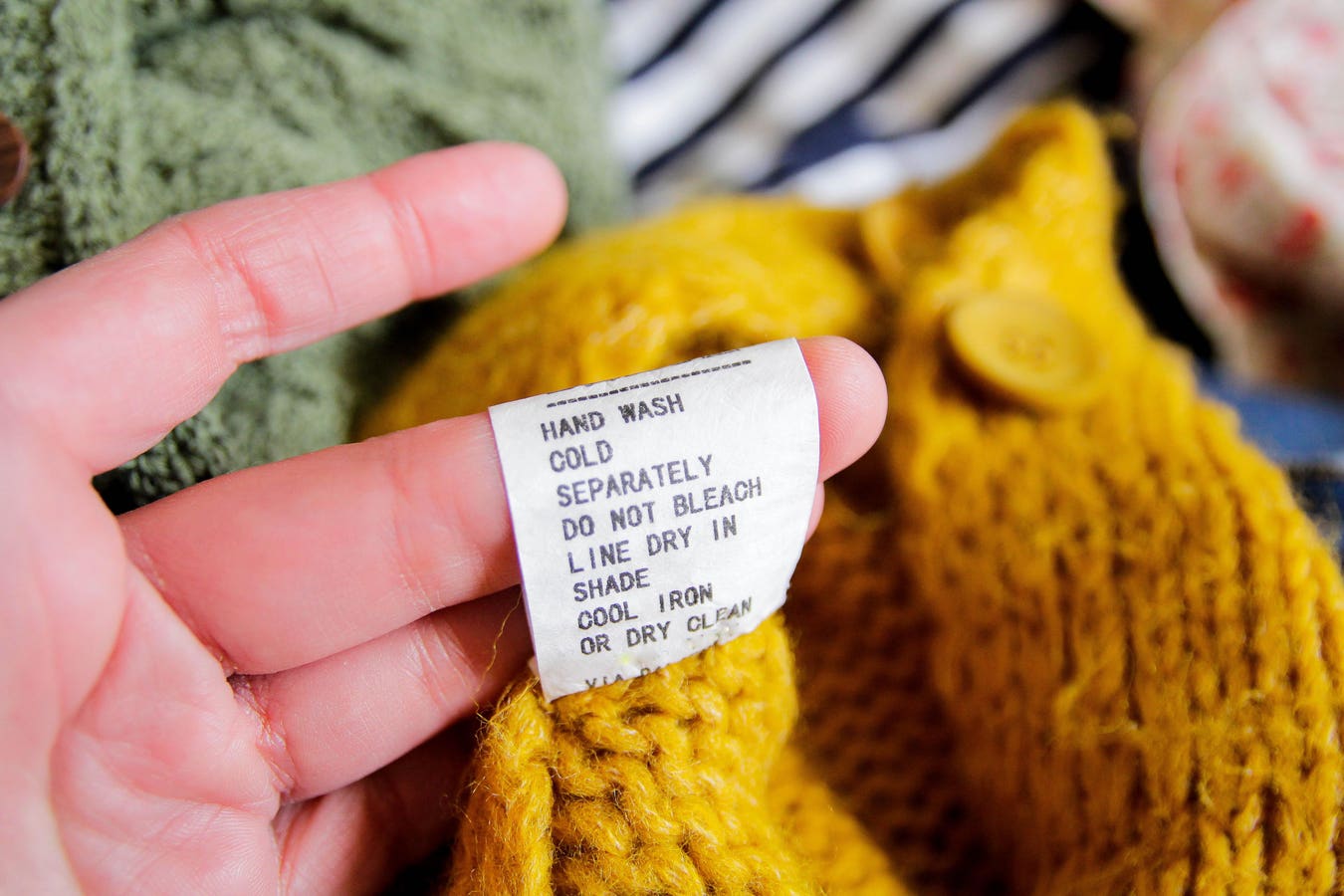The American Apparel and Footwear Association (AAFA), the public policy and political voice of the apparel and footwear industries, asked the Federal Trade Commission (FTC) to eliminate the need for labels in clothes. Instead, AAFA proposes the use of QR codes, URL’s and other modes, printed right on the inside of the garment or chips embedded in the fabric, that can convey much more information than a little tag can.
AAFA’s points are:
Waste
According to AAFA, if you lined up all the labels produced for garments in a year, it would reach to the moon and back 12 times. Conveying the information electronically gets rid of all those labels. Ricardo Bellini, CEO of luxury brand Chloe, told me earlier this year that “one of the challenges for the future will be to find the equation between reduction of footprint and growth.” Bellini describes finding that balance as the brand’s “quest.”
Information
The amount of information that’s possible to get on a label is very limited. The print is small and the icons are confusing because different countries require different symbols.
Authentication
Eventually, electronic tags on garments will be unique to each one. When that happens, they will be useful for verifying that the product is not a counterfeit and that will unlock enormous opportunity resale business where profitability at scale has yet to be found.
Comfort
Labels can be scratchy and annoying.
The sustainability of a garment’s production can also be included in detail so consumers can make more informed choices about their purchases.
AAFA’s uses the video below to make its points.
According to Stephen Lamar, President and CEO of AAFA, the tipping point for electronic labels will come when multiple countries require them. Because the same products are produced for sale in many countries, if only the U.S. innovates the changes, then labels can’t be eliminated.
Lamar says that consumers often cut off the labels because they’re scratchy or annoying and that defeats the purpose of having them.
AAFA’s letter was signed by 130 organizations in the U.S. and abroad. He says electronic labels are inevitable and there is no one now who opposes it. “It’s a game changer in terms of accessibility, comfort and sustainability,” he told me.
Over time, manufacturers can add even more information than is currently required and each garment or product can be updated to include brand information and provenance, where it was sold and when. That will fundamentally change the resale business by virtually eliminating the risk of fraud and reducing or eliminating authentication costs, one of the biggest roadblocks to profitability for resale right now. Lamar believes the change is inevitable.
At the Sourcing Journal Sustainability Summit earlier this year, James Reinheart, CEO of clothing reseller ThredUp, said resale “needs more support from government,” and for brands, resale is “the path to relevance” to their consumers.
At the same Sourcing Journal program, Buddy Teaster, President and CEO of Soles4Souls, emphasized how much consumers want resale. “Customers care, employees care, people want to know something good is being done in the organization and telling a story around that is important.”
Using an electronic label that leads to information is a great way to tell the brand’s story and facilitate authentication and resale with a lot less work and cost.
Lamar could not say when the change would happen. Government moves at the speed of, well, government, and this will involves multiple countries. But the argument is compelling and there’s no major opposition to the change. So the timing is hard to say but the direction of change is clear.
Read the full article here





